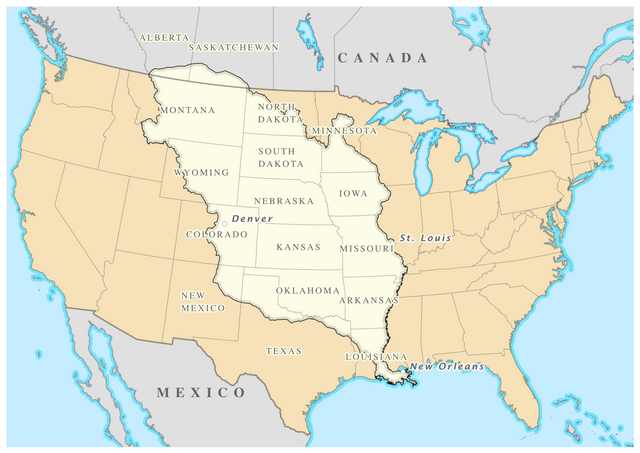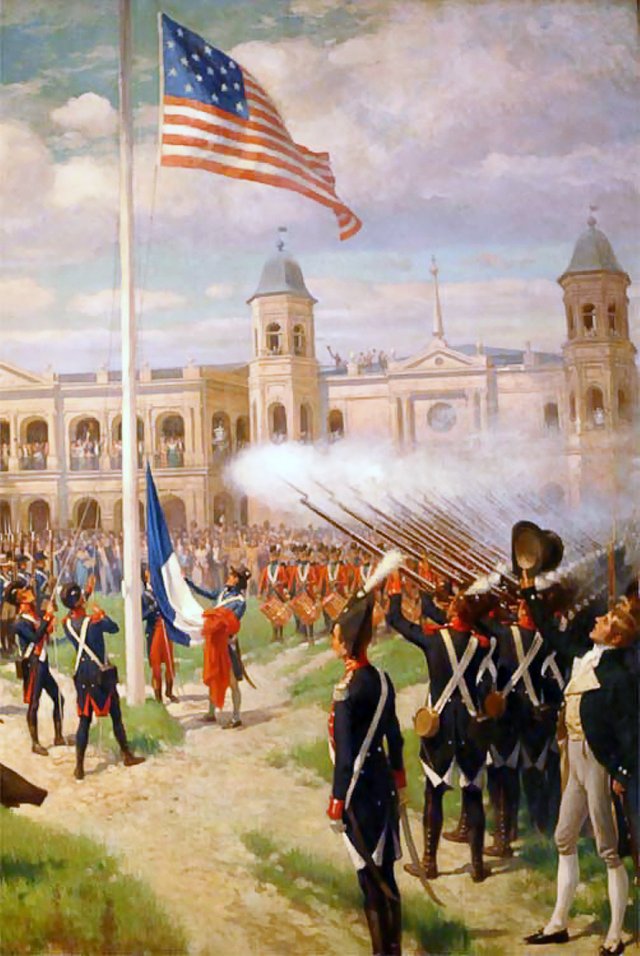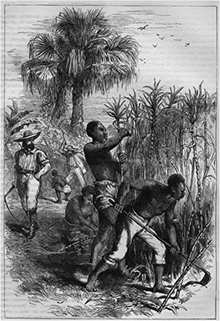1803 - Louisiana Purchased for $600 billion

In 1803 The U.S. paid fifty million francs ($11,250,000) and a cancellation of debts worth eighteen million francs ($3,750,000) to France for the purchase of 828,000 square Miles (2,140,000 km2) of territory. In todays money that's worth approximately $600 billion (2017).

Jefferson disliked the idea of purchasing Louisiana from France, as that could imply that France had a right to be in Louisiana.
Before the purchase was finalised, the decision faced Federalist Party opposition; they argued that it was unconstitutional to acquire any territory. Jefferson agreed that the U.S. Constitution did not contain explicit provisions for acquiring territory, but he asserted that his constitutional power to negotiate treaties was sufficient.
The opposition of New England Federalists to the Louisiana Purchase was primarily economic self-interest, not any legitimate concern over constitutionality or whether France indeed owned Louisiana or was required to sell it back to Spain should it desire to dispose of the territory. The Northerners were not enthusiastic about Western farmers gaining another outlet for their crops that did not require the use of New England ports. Also, many Federalists were speculators in lands in upstate New York and New England and were hoping to sell these lands to farmers, who might go west instead, if the Louisiana Purchase went through. They also feared that this would lead to Western states being formed, which would likely be Republican, and dilute the political power of New England Federalists.

The Kingdom of France controlled the territory from 1699 until 1762 when it was ceded to Spain. Napoleon had ambitions to re-establish the french empire in North America, although tensions with the UK were strained war seemed to be on the horizon, napoleon chose to fund is military in Europe and instead concede his dreams of a French America.
Governing the Louisiana Territory was more difficult than acquiring it. Its European peoples, of ethnic French, Spanish and Mexican descent, were largely Catholic; in addition, there was a large population of enslaved Africans made up of a high proportion of recent arrivals, as Spain had continued the international slave trade.

During this period, south Louisiana received an influx of French-speaking refugee planters, who were permitted to bring their slaves with them, and other refugees fleeing the large slave revolt in Saint-Domingue, today's Haiti. Many Southern slaveholders feared that acquisition of the new territory might inspire American-held slaves to follow the example of those in Saint-Domingue and revolt. They wanted the US government to establish laws allowing slavery in the newly acquired territory so they could be supported in taking their slaves there to undertake new agricultural enterprises, as well as to reduce the threat of future slave rebellions.
The Louisiana Purchase was by far the largest territorial gain in U.S. history. Stretching from the Mississippi River to the Rocky Mountains, the purchase doubled the size of the United States.
Congratulations @eu4-history! You received a personal award!
You can view your badges on your Steem Board and compare to others on the Steem Ranking
Vote for @Steemitboard as a witness to get one more award and increased upvotes!